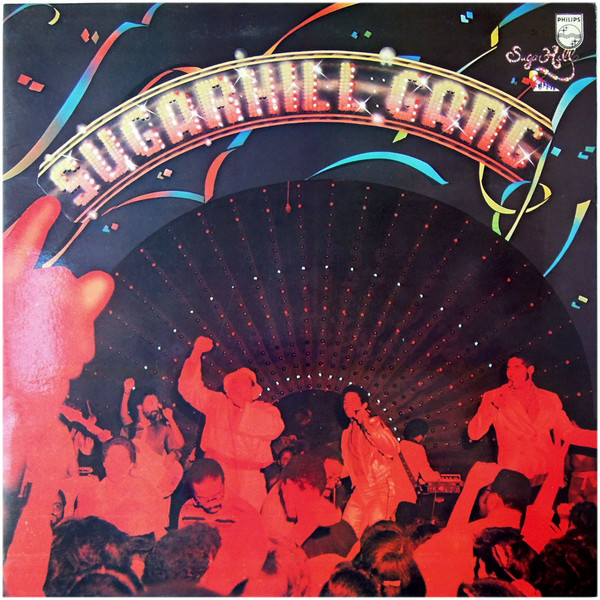

Last year was the 50th anniversary of hip hop, and in honor of this anniversary, the idea bloomed in my mind that I should review the top 50 albums of that 50 years. As I crunched together a list from various sources, 50 proved to be too restrictive- many of the classics were getting squeezed out. So, to make a little more room, I opted for 100 albums, two for each of hip hop’s 50 years.
For its formative years, hip hop was a live entertainment form, with the first recorded songs not emerging until 1979, and the first albums in 1980. So my review will cover 1980-2023, with 50 posts of two albums each. The only ground rule I made for myself (besides looking for 2×50, aka 100, albums that were widely well-regarded) was that I had to have at least one from each year. As you’ll see by and by, some years get multiple albums, but since we have 100 spots for 43 years, it tends to all work out.
And with that, let’s embark on our next installment!
Beastie Boys, Licensed to Ill (1986)– It’s a little weird evaluating an album I had such a strong teen relationship with. Even at the time I rolled my eyes at some of the braggadocio, misogyny, and beer-soaked raunchiness. Nevertheless, I played it all the time, and it was totally ubiquitous in my high school social circles. I didn’t think about it much at the time, but now I also see the additional problematic nature of an album by three white boys and their white producer being the most successful hip hop album of the decade. From the perspective of several decades (eeep!), however, I am also aware that they were playing characters on this album, and that they never held their craft or their peers in less than total respect. And the sheer sonic wonder of it, from 808 beats to metal and punk samples to seamless vocal interplay between the three to the pop culture kaleidoscope background mix, actually looms larger with time. This album is in some ways the masterful third part of a one-year trilogy by producer Rick Rubin that defined an entire era of hip hop and continues to influence the genre to this day. The first installment being L.L. Cool J’s Radio, and the centerpiece being our next entry…
Run-D.M.C., Raising Hell (1986)- Run D.M.C.’s third album came together in just three months, which is impressive all on its own, but even more so given how large it continues to loom. It had the kind of serendipity behind it that one can’t plan for- the group coming off of tour with well-polished new material, and signing on to Def Jam when producers Russell Simmons and Rick Rubin were at the height of their game. The mainstream breakout of the album is the “Walk This Way” crossover with Aeromsith, which arguably resurrected that band and set the stage for their late 80s comeback. And while I do appreciate that song now, even more so than I did when it came out to saturating overplay in the 80s, on current listen the other singles on the album are the standouts- “It’s Tricky” and “My Adidas”, for example, hit just as hard as ever. In every aspect Run-D.M.C. is both perfectly channeling and surpassing their strengths on this album. I can definitely see why Raising Hell is the album many other hip hop artists cite as an inspiration and one of their all-time favorites.
If you’re curious about the sources I used to compile my list, you can check them out here:
- Beats, Rhymes & Lists- The 50 Best Hip Hop Albums of the 1980s
- Beats, Rhymes & Lists- 250 Best Rap Albums of All Time
- Complex- The Best Rap Albums of the 80s
- GQ UK- The 28 best hip-hop albums that you should listen to immediately
- Hip Hop Golden Age- Top 100 Hip Hop Albums of the 1980s
- Music Grotto- 51 Best Hip Hop Albums of All Time
- ONE37pm- The 62 Best Hip Hop Albums of All Time
- Pitchfork- Highest Rated Hip Hop Albums of All Time
- Rolling Stone- The 200 Greatest Hip-Hop Albums of All Time
- The Source- Hip Hop Albums Rated 5 Mics Out of 5 (as of January 2011)
And if you want to catch up on the previous installments, here they are…
- Sugarhill Gang (1980)/Kurtis Blow (1980)
- 8th Wonder (1981)/The Message (1982)
- Wild Style Original Soundtrack (1983)/Fat Boys (1984)
- Ego Trip (1984)/Run-D.M.C. (1984)
- Escape (1985)/The Treacherous Three (1985)
- King of Rock (1985)/Radio (1985)











